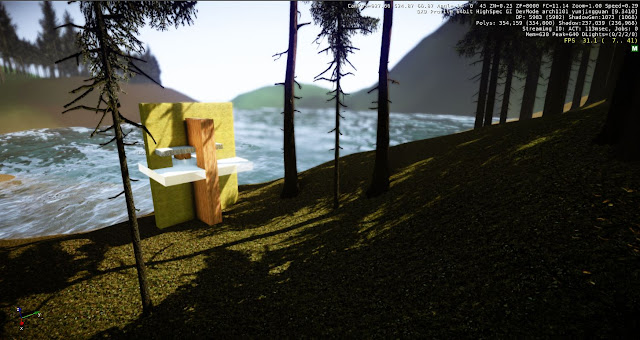left: inside and outside
People tend to consider a space with roof on the top as an interior space, and a space that has access to an open terrance will make people feel less enclosed. This prisms show a range of spaces from completely interior to open terrance.
right: flexible
The gap between those two L-shape blocks allows sunlight to go through, which can be consider as a boundary dividing the whole terrance into two. But since it's not an obvious boundary, it can be ignored when the terrance is used as a whole.
left: changing with people
Four connected spaces are created in this monument. They are similar with each other but are covered with different size of roof on the top, which enables the space to have different amount of sunshine and therefore fits different demands.
right: parallax
These prisms allow people to have different views when they are in different parts of the momentum. On different slaps, inside or outside the space between those three vertical prisms, people will have a variety of impression of the momentum itself and the surroundings.
left: interactivity
People standing in different levels of the monument can interact with the surrounding environment, as the blocks limit their views and where they can go.
right: hinged space
Those four prisms connected like a cycle refer to the word hinged, and actually when people walk through them one by one they work as a linear space, although the prism in the middle provides an access between two separated prisms.


.jpg)


No comments:
Post a Comment